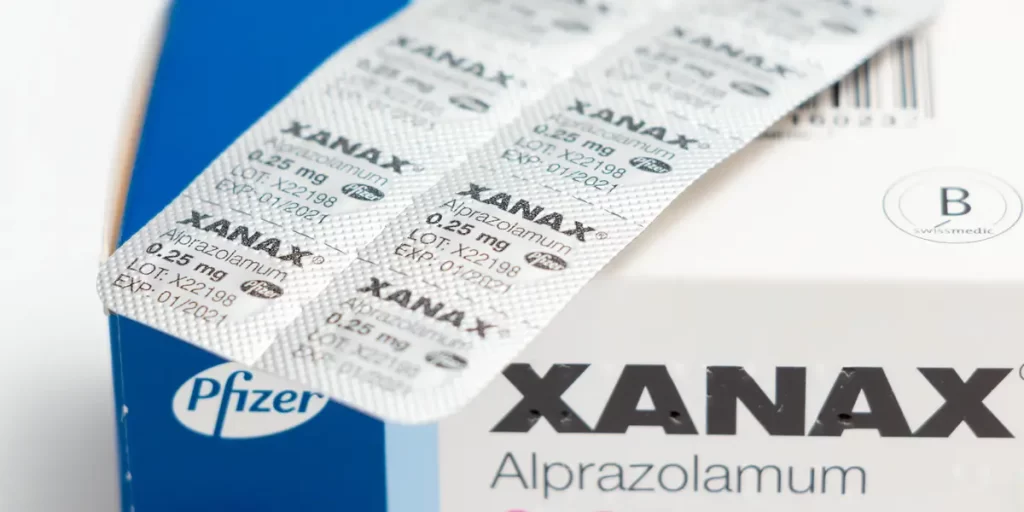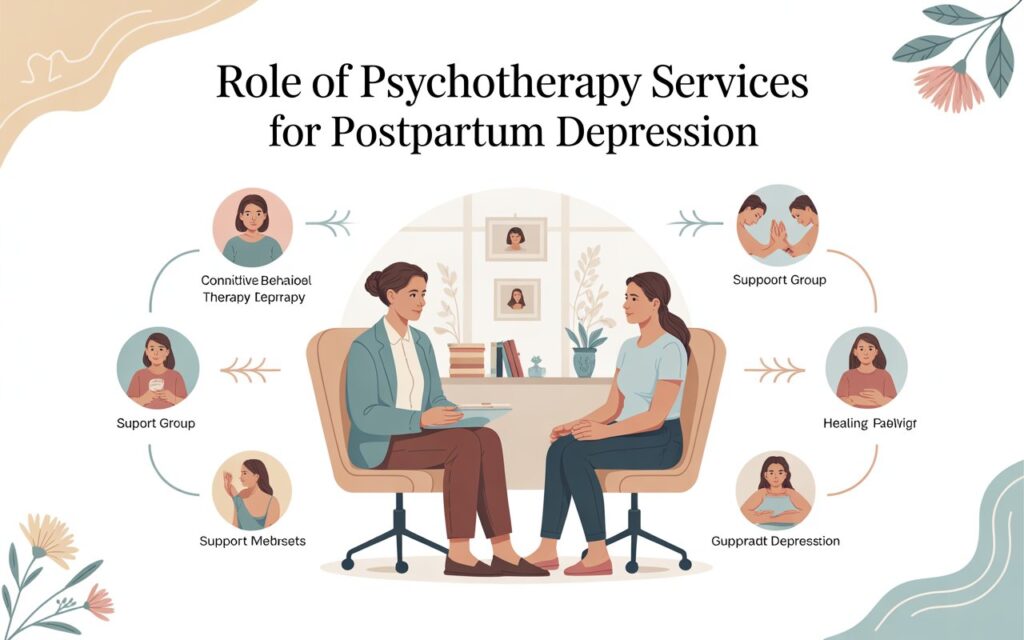Anxiety can cast a long shadow, impacting daily life and overall well-being. For some, Xanax, a benzodiazepine medication, can offer significant relief from the grip of anxiety and panic disorders. However, as a controlled substance, obtaining a prescription requires a careful and legitimate process.
At Rx Express Pharma, we understand the importance of accessing necessary medications safely and legally. We’ve put together a step-by-step guide outlining the responsible path to potentially obtaining a Xanax prescription. Remember, this information is for guidance only and does not guarantee a prescription. The decision to prescribe any medication rests solely with a licensed healthcare professional.
Step 1: Recognizing Your Symptoms and Seeking Initial Consultation
The journey begins with acknowledging that your anxiety symptoms are significantly impacting your life. These symptoms might include persistent worry, restlessness, difficulty concentrating, sleep disturbances, panic attacks, or avoidance behaviors.
The first crucial step is to schedule an appointment with your primary care physician or a mental health professional. This could be a psychiatrist, psychologist, licensed clinical social worker (LCSW), or a psychiatric nurse practitioner (PMHNP).
During this initial consultation, be prepared to openly and honestly discuss:
- Your specific symptoms: Describe the nature, frequency, and intensity of your anxiety. Provide examples of how it affects your daily functioning, work, relationships, and overall quality of life.
- Your medical history: Share any relevant past medical conditions, including mental health history, and any medications you are currently taking (prescription, over-the-counter, and supplements).
- Your lifestyle: Discuss factors like sleep patterns, diet, exercise, and substance use (including alcohol and caffeine), as these can influence anxiety symptoms.
Step 2: Undergoing a Comprehensive Evaluation
The healthcare professional will conduct a thorough evaluation to understand the nature and severity of your anxiety. This may involve:
- Clinical interview: A detailed discussion about your symptoms, history, and mental health concerns.
- Diagnostic questionnaires: Standardized tools used to assess anxiety levels and identify potential anxiety disorders (e.g., Generalized Anxiety Disorder, Panic Disorder, Social Anxiety Disorder).
- Physical examination: Your primary care physician may conduct a physical exam to rule out any underlying medical conditions that could be contributing to your anxiety symptoms.
- Review of your medical records: This helps the provider get a complete picture of your health history.
It’s important to be patient and cooperative during this evaluation process. The healthcare professional needs a comprehensive understanding of your situation to make an accurate diagnosis and determine the most appropriate treatment plan. Once prescribed, be sure to fill your medication through a reliable pharmacy to ensure safety and quality.
Step 3: Discussing Treatment Options
Based on the evaluation, the healthcare professional will discuss various treatment options. It’s crucial to understand that Xanax is not always the first-line treatment for anxiety disorders due to its potential for dependence and side effects.
Treatment options may include:
- Psychotherapy: Talk therapy, such as Cognitive Behavioral Therapy (CBT) and Acceptance and Commitment Therapy (ACT), can be highly effective in managing anxiety by teaching coping skills and changing negative thought patterns.
- Lifestyle modifications: Strategies like regular exercise, a balanced diet, sufficient sleep, and stress management techniques can significantly reduce anxiety symptoms.
- Other medications: Selective serotonin reuptake inhibitors (SSRIs) and serotonin-norepinephrine reuptake inhibitors (SNRIs) are often the first-line medications prescribed for anxiety disorders. Buspirone is another non-benzodiazepine anti-anxiety medication. These medications typically have a lower risk of dependence than benzodiazepines.
Be prepared to discuss the pros and cons of each treatment option with your healthcare provider. Ask questions about potential side effects, how long treatment might last, and what to expect.
Step 4: Understanding If Xanax is the Right Choice for You
If other treatments are deemed insufficient or if your specific situation warrants it (e.g., severe panic attacks requiring rapid relief), your healthcare provider may consider prescribing Xanax. This decision will be based on a careful assessment of:
- The severity and nature of your anxiety: Xanax is often prescribed for more acute or severe anxiety symptoms or panic disorder.
- Your medical history: Certain medical conditions or a history of substance abuse may make Xanax less suitable.
- Potential risks and benefits: Your doctor will weigh the potential relief Xanax could provide against the risks of dependence, withdrawal, and other side effects.
- Your willingness and ability to use it responsibly: Following your doctor’s instructions precisely is crucial when taking Xanax.
It’s important to understand that you cannot simply request Xanax and expect to receive a prescription. The decision is based on medical necessity and the healthcare professional’s clinical judgement. All cities Shipping.
Step 5: Receiving and Understanding Your Prescription (If Applicable)
If your healthcare provider determines that Xanax is an appropriate part of your treatment plan, they will issue a prescription. Ensure you understand the following:
- Dosage: The exact amount to take and how often.
- Timing: When to take the medication (e.g., morning, evening, or as needed for panic attacks).
- Duration of treatment: Xanax is typically prescribed for short-term use due to the risk of dependence. Discuss the expected duration of your treatment with your doctor.
- Potential side effects: Be aware of common side effects like drowsiness, dizziness, and impaired coordination.
- Warnings and precautions: Understand the risks of combining Xanax with alcohol or other medications.
- Instructions for discontinuation: Never stop taking Xanax abruptly without your doctor’s guidance, as this can lead to withdrawal symptoms. Your doctor will provide a tapering schedule if needed.
Fill your prescription at a licensed pharmacy, such as Rx Express Pharma, and don’t hesitate to ask the pharmacist any questions you may have about your medication.
Step 6: Following Up and Monitoring Your Progress
Regular follow-up appointments with your prescribing doctor are crucial while taking Xanax. This allows them to monitor your progress, assess the effectiveness of the medication, and make any necessary adjustments to your dosage or treatment plan. Be open and honest about how the medication is affecting you, including any side effects or concerns.
Important Note from Rx Express Pharma: Obtaining Xanax without a valid prescription is illegal and can be dangerous. Always prioritize your health and safety by seeking treatment through legitimate medical channels. Reliable Next Day Delivery.
Frequently Asked Questions about getting a Xanax prescription:
Q: Can I ask my doctor for Xanax specifically?
A: You can discuss your symptoms and mention that you’ve heard about Xanax, but it’s essential to be open to their professional opinion.
Q: What kind of evaluation should I expect? A: The healthcare professional will likely conduct a clinical interview, ask about your symptoms (nature, frequency, intensity), your medical and mental health history, and may use diagnostic questionnaires to assess your anxiety levels. A physical exam might also be done to rule out underlying medical conditions.
Q: Is Xanax always the first treatment option for anxiety? A: No, Xanax is not typically the first-line treatment for anxiety disorders due to its potential for dependence and side effects. Common first-line treatments include psychotherapy (CBT, ACT), lifestyle modifications, and other medications like SSRIs or SNRIs, which generally have a lower risk of dependence.
Q: Can I get a Xanax prescription online? A: Yes, many telehealth platforms connect you with licensed medical providers who can evaluate your condition and prescribe Xanax online if deemed medically appropriate.
Conclusion: A Collaborative Approach to Anxiety Relief
Getting a prescription for Xanax is a process that prioritizes your safety and well-being. It involves open communication with healthcare professionals, a thorough evaluation, and a careful consideration of various treatment options. If Xanax is deemed appropriate for you, using it responsibly under your doctor’s guidance is essential. Remember, Rx Express Pharma is here to dispense your legally prescribed medications accurately and safely, supporting you on your journey to managing anxiety.









